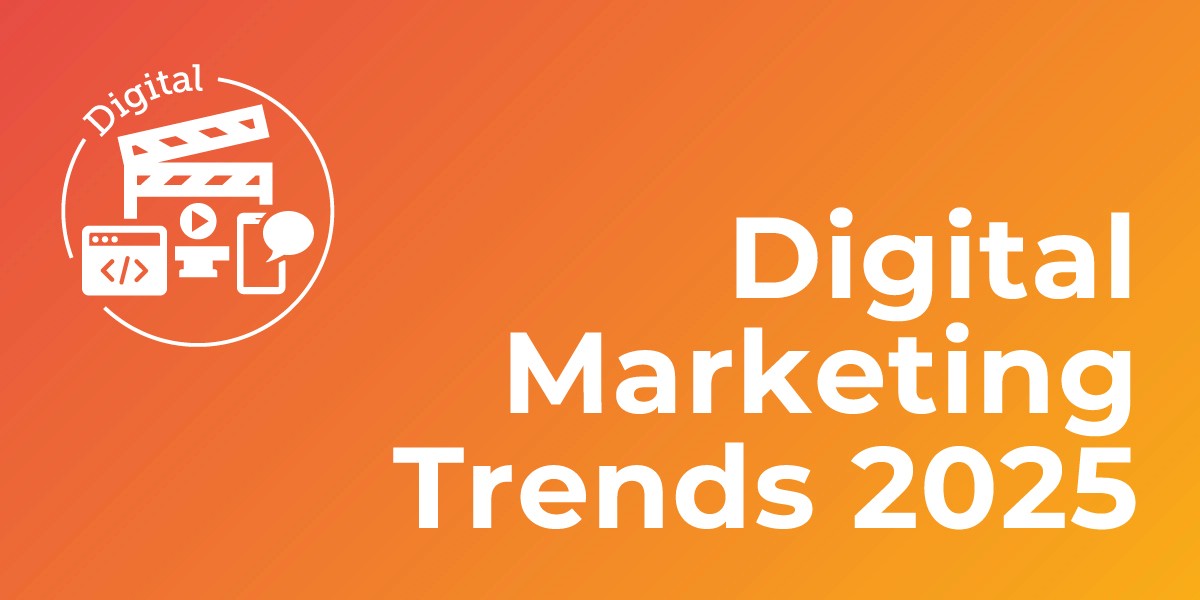AI Audio Tools: Changing the Way Customers Hear Your Brand.
AI technology tools are creating much buzz: Last week, an AI-generated song featuring Drake and The Weeknd was removed from streaming platforms, citing copyright issues. But while AI-generated audio is still relatively new territory, the technology tool shows promise in some marketing applications: using voice AI tools to personalize audio ads.
Marketing Brew explains how AI tech can be used and why it makes sense for some brands. Below, the article is reprinted in its entirety.
A new option when making audio ads: Voice AI
Like DALL-E and ChatGPT, voice AI tools promise to make audio ads quickly and affordably, but they're not yet widespread.
April 19, 2023
AI tools like DALL-E and ChatGPT are all the rage. Fashion brands like Levi's are using AI models in campaigns, and one agency introduced AI interns to edit photos, analyze news, and more.
But there's another form of AI that's gaining some ground: Voice AI tools, which brands can use to create and replicate human-sounding voices to make personalized audio ads quickly and affordably. The practice doesn't seem to have taken hold at scale yet, but execs with experience in voice and AI told Marketing Brew it has the potential to gain ground.
ÄúNot only do you get [ad] creatives much faster seconds, instead of on average five to six weeks but also, you're getting a lot more value,Äù Stas Tushinskiy, co-founder and CEO of AI voice marketing company Instreamatic, said. And while humans can't Äúsit in the studio for days and days recording thousands of audio ad creatives,Äù he added, ÄúAI can.Äù
Time is money
Imagine listening to Spotify and hearing an ad that says something like, ÄúHey, Spotify listener, before you start your podcast on this sunny day in New York City, let me tell you about Alyssa's Juice Brand.Äù Without generative AI, that level of personalization is a pretty time-consuming proposition, execs told us.
Some brands and retailers may want to customize ads for listeners in different regions. While a voice actor could hypothetically record different versions of ad creative in a recording studio, Äúif you wanted to exponentially increase the variations for a creativeÄù by customizing details like the name of the listening platform or the weather, Äúartificial voice would definitely enable that because there's no lag,Äù said Paul Kelly, CRO of AMA, an agency focused on dynamic creative digital audio campaigns.
Instreamatic, which offers an AI-powered platform brands can use to create audio assets like interactive voice ads, last month added an option for Äúcontextual audio adsÄù for exactly that purpose, Tushinskiy said. He's still collecting feedback on the tool, but he expects to have some initial campaigns go live in a month or two.
Some of the appeal, Kelly said, is that voice AI can be a more affordable option in this scenario, making it potentially appealing for small businesses. ÄúIt's software, so the marginal cost is effectively zero,Äù he said, whereas human voice actors tend to charge by the hour, plus the cost of recording studios.
Celebrity voice actors might not want to spend a week in a studio recording variations of an ad, Kelly said. Voice AI can solve for that by replicating their voice if the actor grants the brand permission to do so.
ÄúAnytime we're going to allow someone to create a voice [clone], we require two forms of authentication: Both a written consent, but also a verbal consent,Äù Sean King, SVP and GM of the commercial enterprise division of the AI company Veritone, said. ÄúOnce the voice is created, each one of those individuals that created their voice has to authenticate who has access to that voice.Äù
But brands can opt not to replicate a real voice at all and create a new one instead. Veritone can use training data to create a Äúnet new voiceÄù that's unique to a brand, King told us. There are behind-the-scenes applications as well: Some companies say voice AI will help with attribution. Ryan Johnson, SVP of product management at lead intelligence platform CallRail, said clients can use the company's Äúconversational intelligenceÄù tool to analyze phone calls to see if customers said they saw a certain Facebook or Google ad, for example.
Human touch
Some marketers may be hesitant to hand even a bit of control over to AI. Can we blame them? Look no further than films like The Terminator, where an AI becomes self-aware and decides humans need to be, well, terminated, or Avengers: Age of Ultron, in which an AI goes awry and tries to kill its makers.
There's also the fact that voice AI doesn't exactly revolutionize the final ad experience for listeners it just makes it easier behind-the-scenes, Kelly said. That may be one reason why artificial voice Äúconstitutes a very small proportionÄù of output at AMA, he said.
King declined to name specific Veritone clients that have used voice AI, but said it's becoming more popular in certain use cases, like for advertisers that include different disclaimers in certain states (think financial institutions or sports betting companies).
ÄúBrands are recognizing the need to deliver more personalization to what they're doing,Äù King said. Voice AI is Äúgoing to lead to a better experience for the listener, and hopefully better results for the brands.Äù
You may also be interested in




